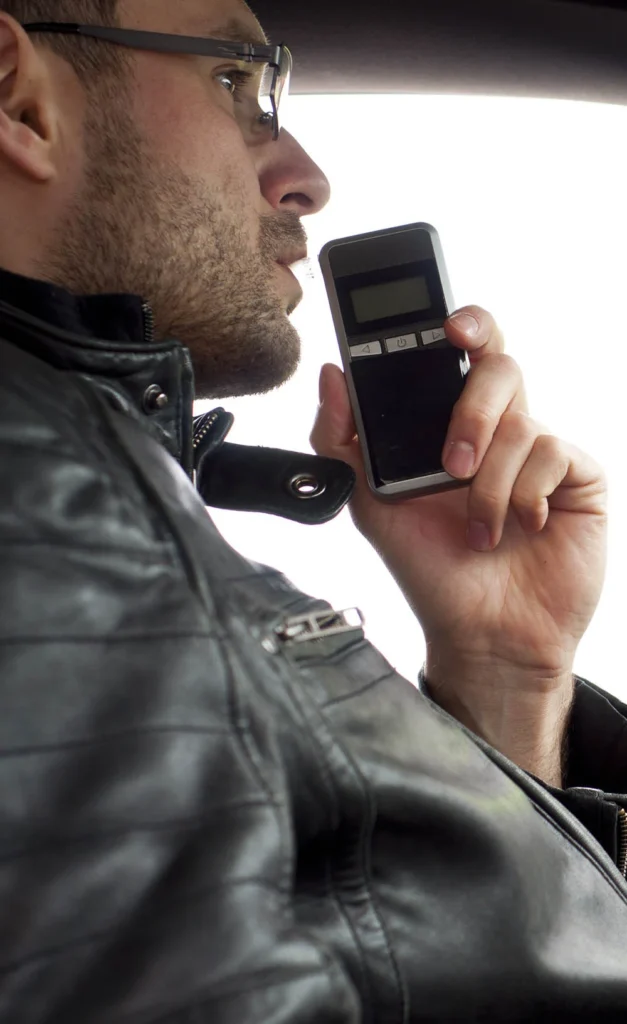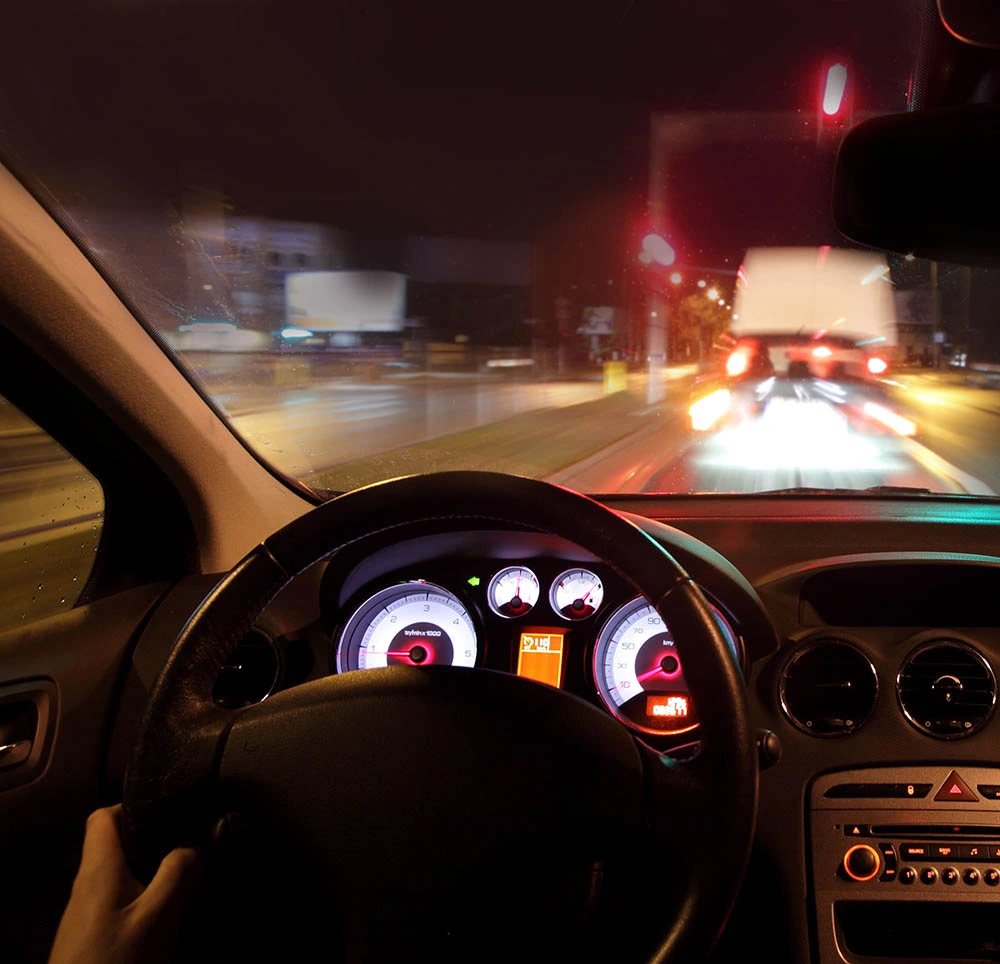High Range Drink Driving (PCA)



About High Range Drink Driving (PCA)
Driving with a high range of prescribed concentration of alcohol in breath or blood is an offence under section 110(5) of the Road Transport Act 2013.
This offence occurs when a person drives or attempts to drive a motor vehicle with a blood alcohol concentration (BAC) of 0.15 or above.
Police will usually administer a breath test using a breathalyser often by the side of the road which will provide an indicative reading. If the reading is positive, the person will be required to attend a police station for a breath analysis to determine the BAC.
Provided the breath analysis was taken within two hours of driving, the breath analysis is deemed to be the concentration of alcohol present in the person’s blood at the time of driving. If the BAC is over 0.15 that person will be charged with high range PCA.
If charged with this offence the police can suspend and confiscate your licence within 48 hours of the charge or penalty notice being issued. The suspension will remain in place until the offence is heard by a court. If your licence is disqualified by the court, the Magistrate can consider the licence suspension in deciding the disqualification period.

Penalties
If high-range drink driving is your first major traffic offence within the past 5 years the maximum penalties are 18 months imprisonment, a fine of $3,300 and an automatic disqualification of licence for 3 years which can be reduced to 12 months. This offence is subject to a mandatory interlock scheme. If you are subject to an interlock order, the maximum period for which you can be disqualified from driving is 9 months which can be reduced to 6 months, followed by a 24 month period during which you must have an interlock device installed in your vehicle.
If it is your second or subsequent offence in the past 5 years the maximum penalties are 2 years imprisonment, a fine of $5,500 and an automatic disqualification of licence for 5 years which can be reduced to 2 years. This offence is also subject to a mandatory interlock scheme. If you are subject to an interlock order, the maximum period for which you can be disqualified from driving is 12 months which can be reduced to 9 months, followed by a 48 month period during which you must have an interlock device installed in your vehicle.

The Guideline Judgement
High range is a very serious offence and when sentencing offenders for this particular offence the court is required to consider the guideline judgement.
A guideline judgement is a list of general rules for courts to follow when sentencing an offender for a specific offence.

Section 206B(1) of the Road Transport Act 2013 applies where a driver licence or other authority to drive in NSW has been suspended under this Act or the statutory rules for an alleged offence.
Section 206B(2) of the Road Transport Act 2013 provides that a court that determines a charge for the offence (or for a related offence) is required to take into account the period of suspension when deciding on any period of disqualification from holding or obtaining a driver licence on conviction for the offence (or for the related offence).
This means that the court can backdate the disqualification period to commence from the date of suspension.

Interlock Orders
An interlock order is an order imposed by a court sentencing an offender for certain driving offences. It is a court order disqualifying a driver from driving and following the completion of the disqualification period, the order requires the driver to obtain an ‘interlock driver’s licence’ and participate in the interlock program for a specific period.
The interlock program requires an offender to install an interlock device in their vehicle which is linked to the ignition system of the vehicle. The offender must complete a breath test at the commencement of the driving journey and at other random times. A log is also maintained of the number of times this occurs which can be viewed by police and can potentially lead to further charges if not adhered to.
A driver can obtain an exemption to an interlock order however circumstances under which a court can make such an order are limited and may affect the period of disqualification granted by the court.
- The offender does not have access to a vehicle to install an interlock device in; or
- The offender has a medical condition diagnosed by a medical practitioner that prevents them from providing a sufficient breath sample to operate an approved interlock device and it is not reasonably practicable for a device to be modified to enable them to operate it; or
- If the offender is convicted of an offence of mid-range drink-drive or mid-range drink-drive and presence prescribed illicit drug that is a first offence;
- That the making of a mandatory interlock order would cause severe hardship to the person; and
- That the making of an interlock exemption order is more appropriate in all the circumstances than the making of a mandatory interlock order.
